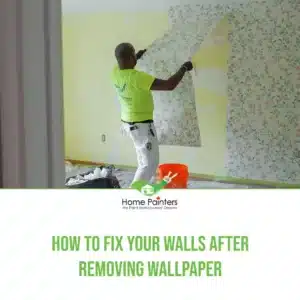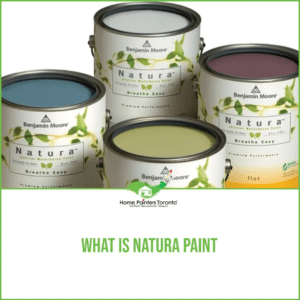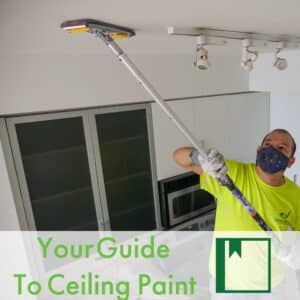
What Causes Paint To Bubble, Crack and Peel?
Paint is a very important part of your home’s exterior. It protects the wood underneath it and helps keep your home looking bright and new. But if you’ve ever noticed paint bubbling, cracking, or peeling, you’ve probably wondered what causes this to happen.
There are many reasons why paint bubbling, paint cracking, or paint peeling can occur on surfaces around your home. Some are due to negligence while painting, while others are completely incidental. As many of you may be wondering why this occurs, read on to get your answer. We will also discuss some of the things you can do to fix the paint bubbling on the outside wall and cover some of the preventative measures you can take to ensure that your paint job lasts for years to come.
1. Paint Bubble and Blistering
Have you discovered paint bubbling on your walls? You have to stop and wonder, what causes paint to bubble on drywall? The points below could be reasons why:
- Painting over a damp, hot, or dirty surface will create an uneven appearance of blistering or bubbling. Always sand and prime the surface you want to paint on thoroughly to avoid this.
- Applying oil-based paint over latex paint also results in this effect. Test the old painted surface with some rubbing alcohol and a cotton ball. If the cotton ball has paint on it, it’s latex paint. Match the same type of paint or prime over the old paint first and you will avoid blistering or bubbling this way as well.
- Moisture can cause these unsightly effects, so check for water damage. If you want to be extra cautious you should hire a professional, as continued water damage can affect more than just your paint job.
- Termites. Believe it or not, paint bubbling can be a sign of these harmful insects. Have your home properly inspected by a pest control company for any signs of termites when blistering and bubbling paint is accompanied by a hollow sound when knocking on the surface.
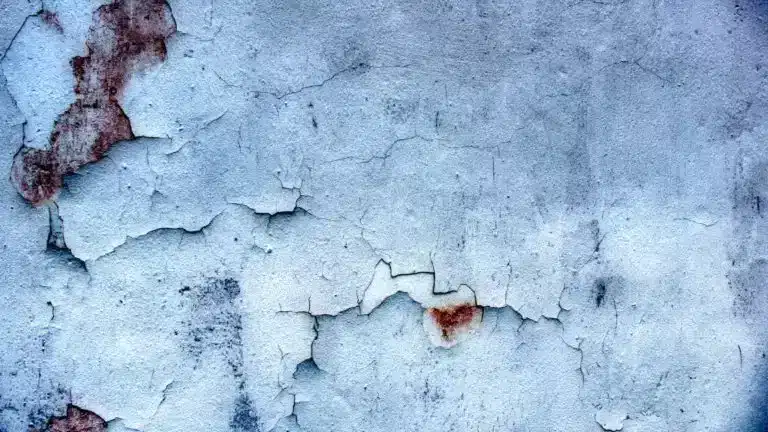
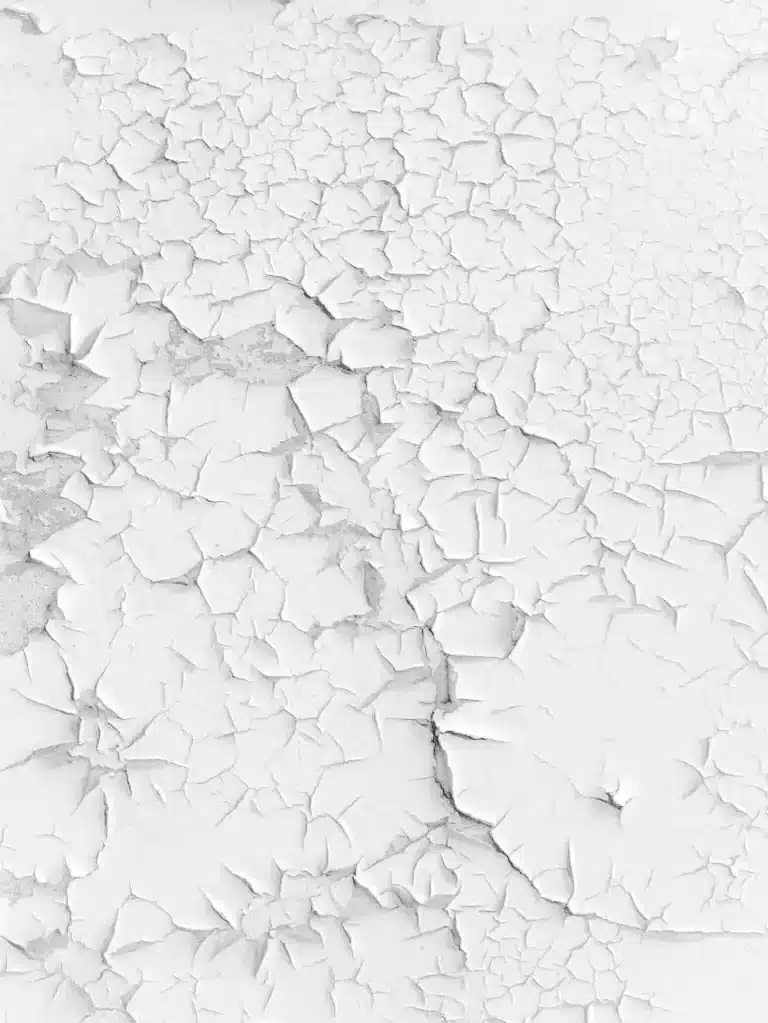
2. Cracking Paint
If you have cracks after painting, the following may be useful to find out why:
- Failure to prime the walls prior to painting can cause the paint to crack. Priming helps to remove any moisture because the paint needs to be applied on a dry surface.
- Low-quality paint. A low-grade paint is obviously priced that way for a reason, and sometimes buying cheaply results in a low-quality finished product. Don’t cheap out on the paint, you would be surprised at how many affordable and good quality brands there are available.
- Mixed paint. If you mix oil-based paint with latex paint it will not dry properly, thus resulting in paint cracking. If you must mix paints, be sure to prime the area first (which is a general rule of thumb when painting indoors).
- Rushing the paint application. Yes, painting can be tedious, but rushing means not doing the job properly. Applying a second coat of paint too quickly and not giving the first coat of paint a chance to dry can also result in cracked paint.
Did you know that paint cracking is sometimes referred to as ‘alligatoring’ because of its likeness to an alligator’s skin?
3. Paint Peeling or ‘Alligatoring’
If you discover paint is peeling off your walls, read below to find the reasons why this may have occurred:
- Moisture. While damp walls can cause paint to bubble, they can also result in paint peeling.
As previously mentioned, hire someone to inspect your home for water damage and have it fixed immediately, because early detection is an easy fix while waiting too long can result in extensive damage.
- Prep work was not correctly done.
If you haven’t cleaned and allowed the wall to dry prior to painting, the paint will peel because it cannot properly stick to the surface. Again, always prime before painting and take your time.
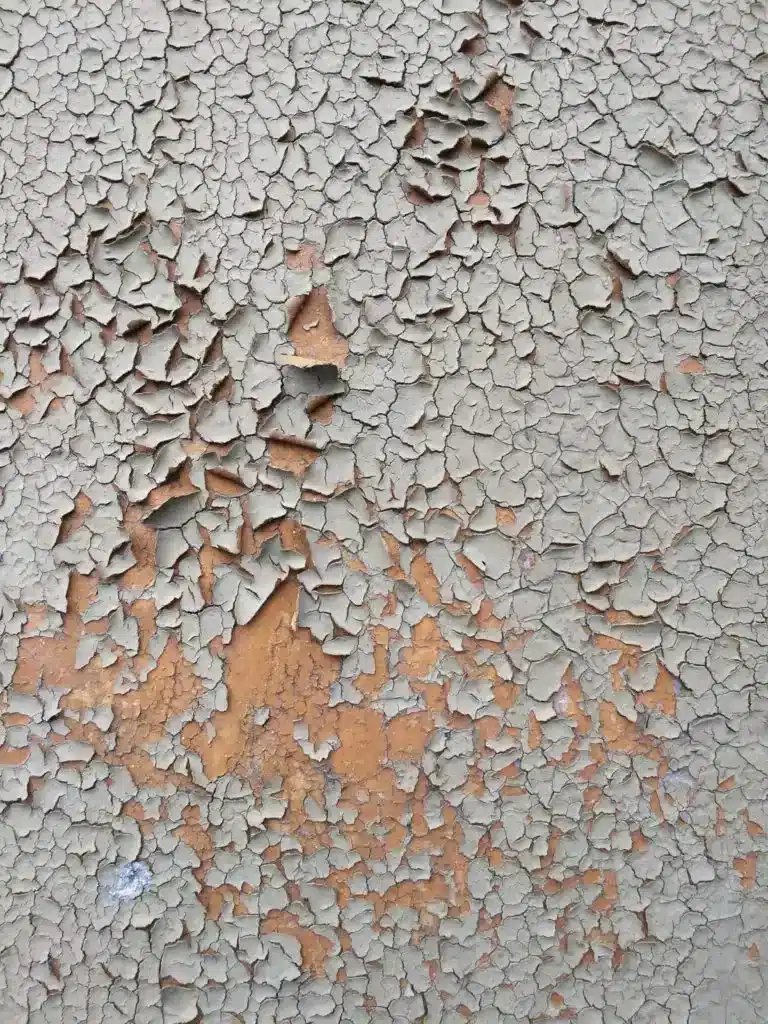
How Do You Fix Bubbles in Paint?
Now that we’ve discussed paint blistering and bubbling, you’re probably wondering how do you fix peeling and bubbling paint.
Here are a few things you can do to help fix the problem!
- Once you’ve determined the heart of the problem with your paint (whether it be moisture, heat, termites, etc.), then you can remove the paint blistering.
- You can use a simple paint scraper to remove the bubbling or cracking.
- Then you’re going to want to go in and sand the area really well until completely smooth.
- If the cracking, peeling or bubbling was caused by moisture damage, you want to make sure to adjust the ventilation in the space. You also might need to repair any loose caulking to ensure everything’s as it should be.
- Then you can prime all bare areas with a good latex primer, such as Benjamin Moore Fresh Start Primer.
- After that, you can repaint your interior walls with an interior house paint of your choice.
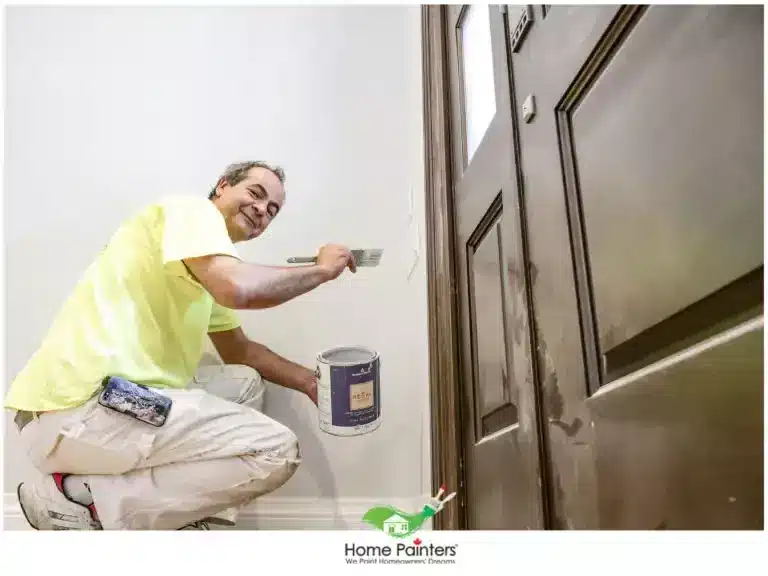
More Interesting Blogs Related to
“Professional Painting Company in Parkwood”
A common solution to prevent paint bubbling, paint cracking, or paint peeling is to prime the area first, check to see if there is water damage, and have patience when painting yourself. With all of these reasons for what causes paint to bubble, crack, and peel you’ll have a better understanding of how to avoid this in the future. If you would like a professional painting company to solve your paint woes, why not call Home Painters Toronto? Allow our pro painters to take the stress off your shoulders. Give us a call today at 416-494-9095 or email us at Brian@HomePaintersToronto.com. Don’t forget to check us out on our social media channels below!


